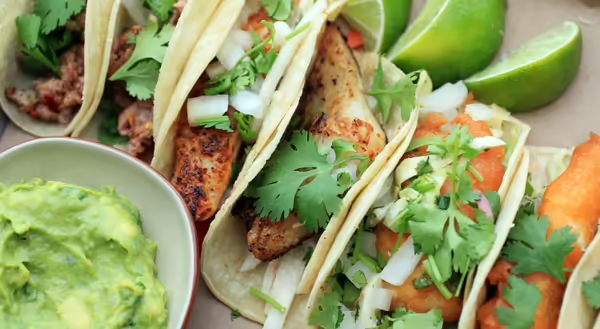
Most people couldn’t be happier to start this new year; a fresh start and a step away from a year that dared to isolate and defy our self-contentment. The most common New Years’ resolutions include exercising, eating healthy and losing weight, and after such a challenging year, likely even more people are looking for ways to shed those quarantine pounds. However, is the diet approach your key to a healthier body and feeling of self-worth?
Intuitive eating is a non-diet approach to health and wellness developed by two registered dietitians. It is not a weight loss diet (though you may lose weight), but rather it focuses on our relationship with food. In a culture that praises thinness, it’s no wonder so many want to lose weight, but this drive for thin can lead to an unhealthy relationship with food and our bodies. Have you ever avoided food even though you’re hungry, restricted certain foods or food groups, or felt guilty or ashamed after eating? As an infant and child, we are born intuitive eaters, eating when hungry and stopping when full. However, somewhere along the line, we start to see food as “good” or “bad,” to “finish our plates” even though our tummies are full, and to reward ourselves with food.
There are ten principles to intuitive eating, which mainly focus on rejecting these learned strategies and trusting your own body. It’s about enjoying your food and giving yourself permission to eat the cupcake rather than denying it only to over-indulge later. It’s about listening to your hunger and satiety cues and recognizing when you are emotionally eating, that is when you turn to food in times of loneliness, boredom, anger, stress and anxiety. Intuitive eating includes exercise as an important health and wellness strategy, but not in a torturous manner; instead of focusing on the exercise you should be doing, shift to doing movements that feel good. There are no scales, calorie counting or meal plans, and no push for perfection. Research shows this strategy is associated with lower triglycerides, higher HDL cholesterol and higher self-esteem.
Intuitive eating is not for everyone; those with certain medical conditions may need to be more careful about the foods that they choose to consume. Talk to your doctor about any interest you have, and if are joining the intuitive eating journey, do so with the help from a qualified health professional.
Fish Tacos (Printable PDF)
4 white fish fillets, such as tilapia or flounder (if frozen, thaw according to package directions)
1/2 Tablespoon chili powder
1/2 Tablespoon cumin powder
8 (6-inch) corn tortillas (or flour tortillas)
1 cup shredded green cabbage
1 small red onion, cut in half and sliced thinly
2 Tablespoons lime juice
1 Tablespoon cilantro, minced
Wash hands with soap and water. Heat large skillet or grill pan over medium heat. Pat fish fillets dry with paper towel. Rub chili powder and cumin onto both sides of fillets. Wash hands with soap and water. Spray nonstick cooking spray onto heated skillet or grill pan. Add fillets. Cook 4-5 minutes and flip fish over. Cook for additional 4-5 minutes. Fish is ready when internal temperature reaches 145 degrees F and flakes with a fork. Cut cooked fish into bite-sized pieces. Set aside.
Wash produce, then spread cabbage and red onion onto tortillas. Add cooked fish and top with lime juice and cilantro.
Yield: 4 servings (2 tacos each)
Nutrition Facts (per serving): 240 calories, 4 grams fat, 100 milligrams sodium, 26 grams carbohydrate, 1 gram fiber, 26 grams protein
Recipe Source: Illinois Extension Nutrition Education Program, Eat. Move. Save.